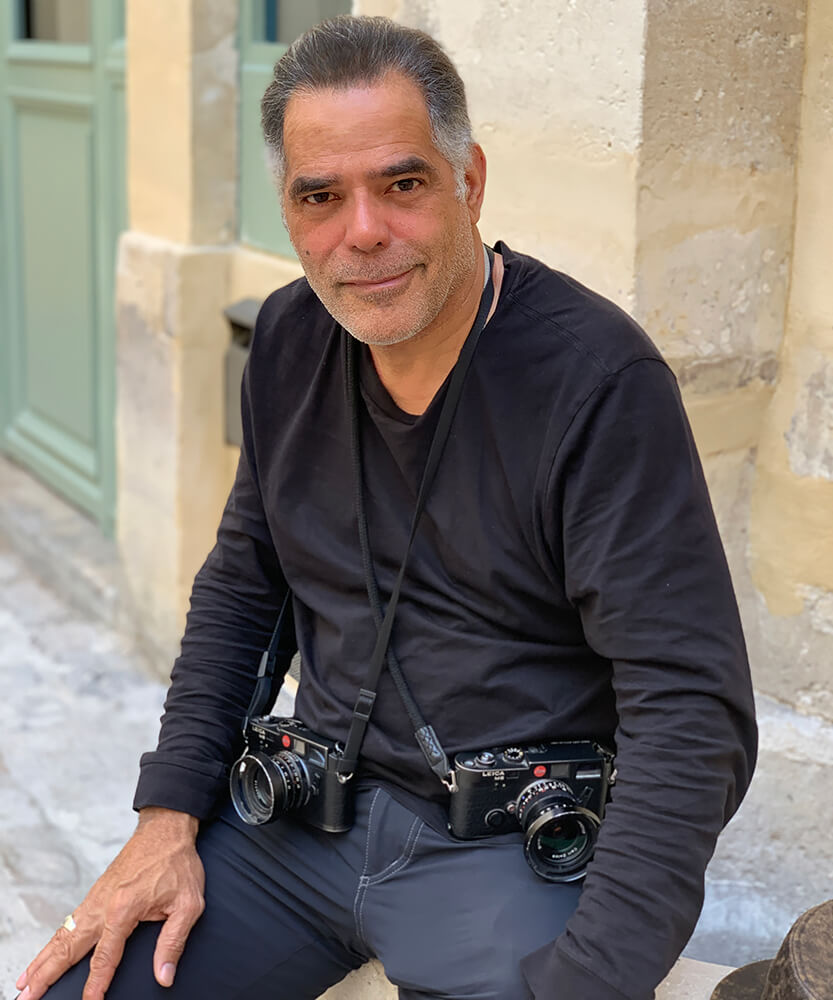I was born in the Dominican Republic and growing up in the 1960s I watched my parents devote time to help others, exposing me to the inequality of wealth, education, and the lack of mind and body wellness prevalent on our small island. It was hard for me to understand why poor children would be on the streets instead of in a warmer, safer place. I saw school-age boys like me but barefoot and shining the fancy shoes of businessmen. Scruffy kids with open hands asking for pennies. Running, begging for anything to eat, fending for themselves, and surviving on their wits alone. None of my parents' words made it better, or helped me understand what led to my country's socio-economic crisis. With my parents' humanistic influence, I figured I would become an attorney like my father or a missionary doctor.
In 1972, I arrived in the US for high school without speaking any English.
By my last year of college in Tennessee, I lost all desire to become a doctor, My father stopped supporting me. I found work on the assembly lines and loading docks of the local McKee Baking Company.
In 1982 I bought my first camera as a way to forget my doomed career.
While browsing in a bookstore I learned about a man named Ansel Adams. A few glances at Adams' powerful black-and-white landscapes left me hypnotized. Within days, I was on the telephone with Ansel. It was an innocent call but that first conversation with Ansel Adams led to many more, until we established a warm mentoring relationship that lasted until he passed away in 1984.
My break into professional photography began when I was hired as a staff photographer for The Chattanooga Times in 1982. While that photojournalism experience was invaluable, I soon left for the Washington, DC area, where I began a freelance editorial photography career and from there migrated into humanistic photography.
In 1989, I began traveling to Cuba to find long-lost relatives. There I learned about the social issues of the island and the survival spirit of the Cuban people, becoming increasingly aware of the socio-political climate I continued to travel there. My documentary photos from my Cuban project culminated in an exhibition in 1995, where a Washington Post columnist wrote: "Paganelli's Cuban photographs are a brilliant window on a land and people too long hidden from North American eyes... Paganelli brings an artist's eyes and a native son's sensibility to his superb photographs." My current essay project, which started in 1994, explores Black Cowboys across the USA, examining cultural and regional influences within this well developed sub-culture.
Statement
I never planned on becoming a professional photographer. I always thought I'd be a doctor, but during my senior year in college I began to have doubts about a career in medicine. It was around that time that I bought a Canon camera. Despite years in the business, I still possess that same excitement for the craft that gripped me the first time I picked up a camera. And, too, I maintain a passion for sharing my subjects' stories through documentary photography.
My influences are the things that my eyes capture from the moment I get up, see, sense and experience and everything else beyond that with the elements of sounds , shadows and light. But I've always admired the work of Walker Evans, Henry Cartier Bresson and most notably the works of W.Eugene Smith and Robert Frank. I also love the landscape of Ansel Adams and the beautiful magical touches of the portraits done by Irving Penn.
Selected Books on

